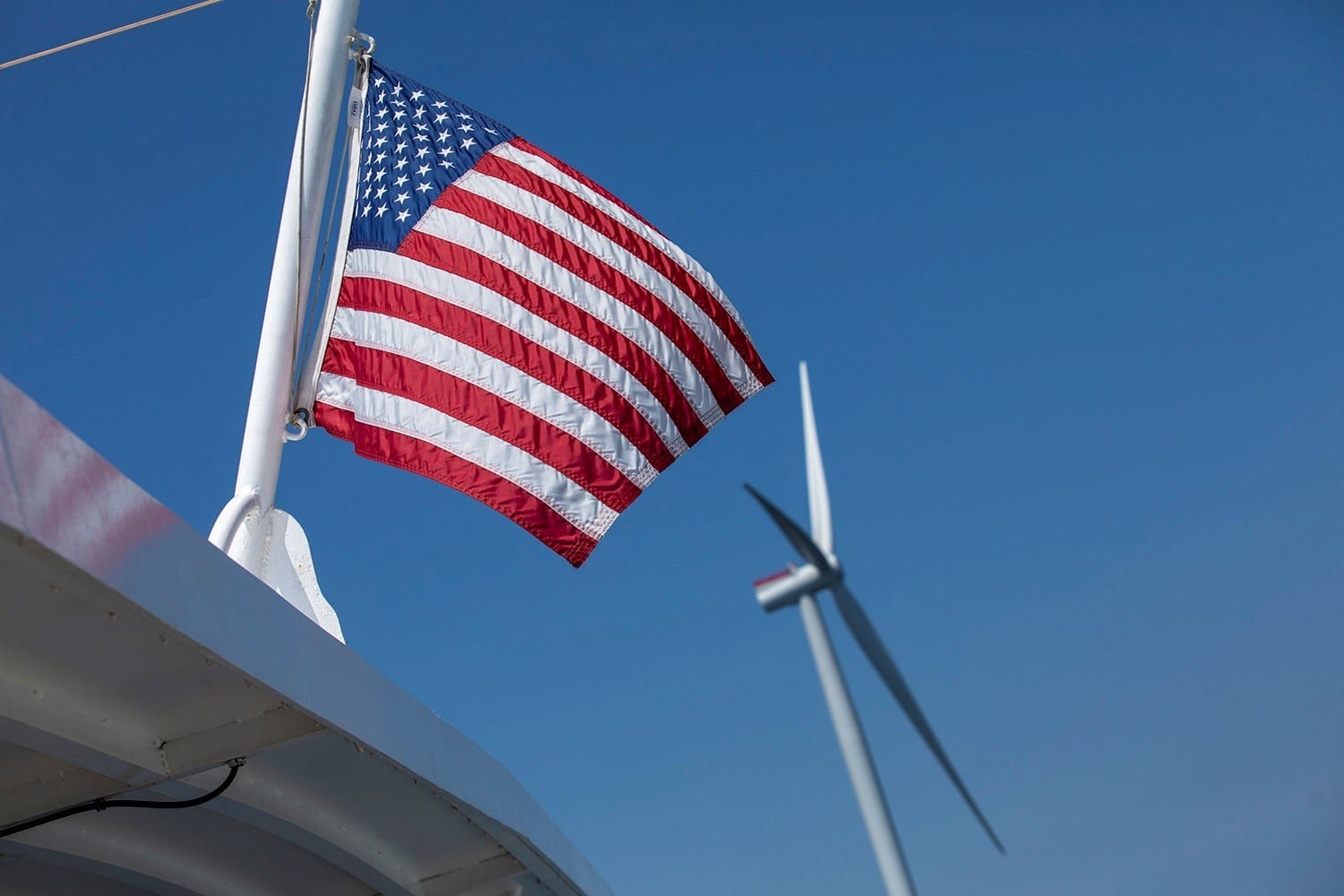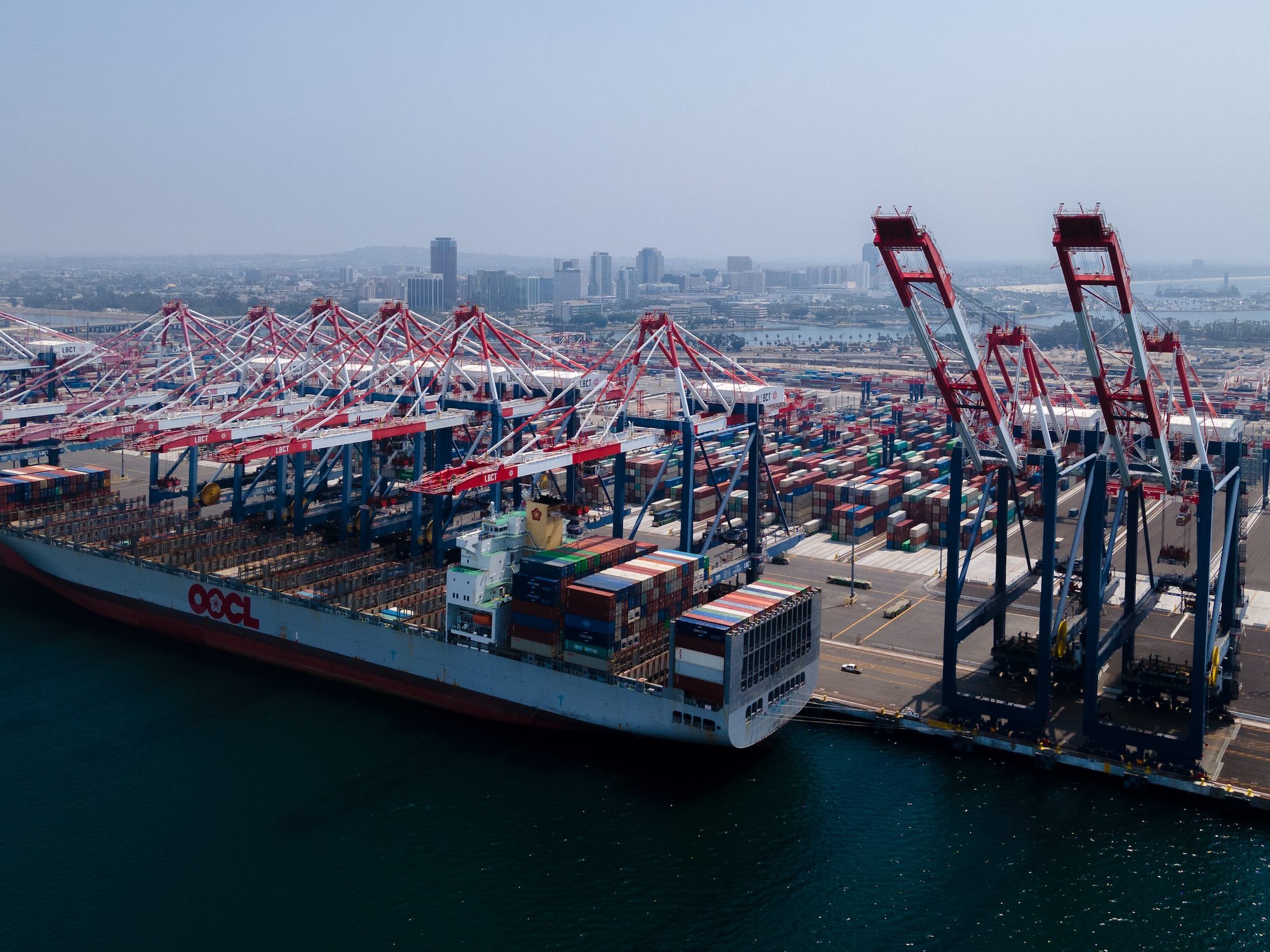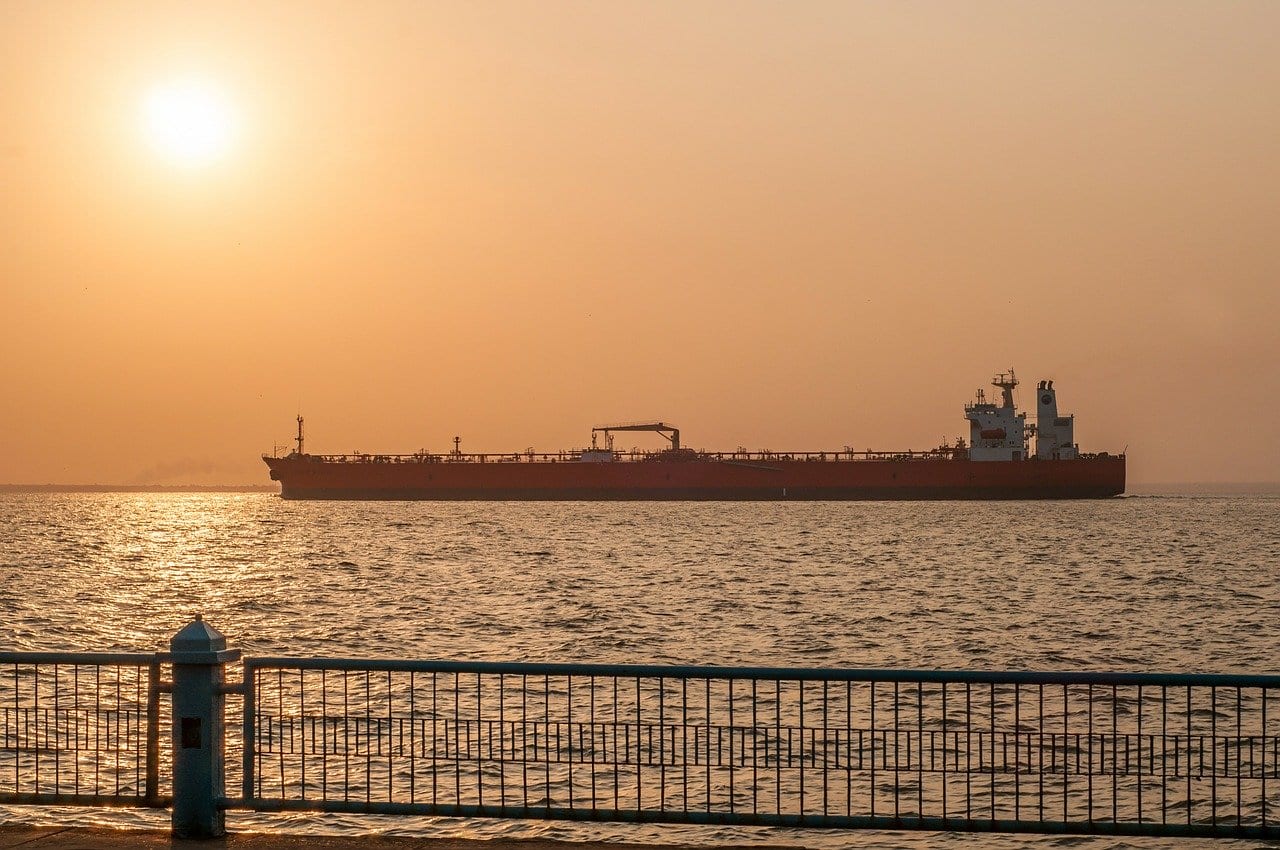The U.S. Customs and Border Protection (CBP) has for the first time expressly found that the Jones Act applies to offshore wind projects on the U.S. Outer Continental Shelf, reports Holland & Knight law firm.
The ruling was contained in a January 27 letter from Lisa L. Burley, chief attorney for the Cargo Security, Carriers and Restricted Merchandise Branch of the CBP’s Office of International Trade, Regulations and Rulings, in response to an initial request from a law firm representing Great Lake Dredge and Dock to the CBP from nearly a year ago.
The ruling expressly found that the Jones Act applies to transportation of merchandise from a U.S. port to a location on the outer continental shelf for the purpose of the development and production of wind energy.
The CBP’s ruling is said to be the first one to be issued following the recent amendment to the Outer Continental Shelf Lands Act (OCSLA) contained in the National Defense Authorization Act (NDAA) for fiscal year 2021, which was passed in early January. A key provision of the NDAA, Section 9503, affirms that the OCSLA, which governs offshore energy activities in federal waters, applies to offshore wind and other renewable energy, including its application of the Jones Act.
According to Holland & Knight, the CBP ruling ends a long-standing ambiguity over whether OCSLA extended the Jones Act to installations and other devices attached to outer continental shelf for the purpose of exploring for, developing or producing non-mineral energy resources, such as offshore wind.
A number of other offshore wind-related ruling requests submitted prior to the NDAA remain pending, and it is anticipated that CBP will continue processing those pending ruling requests in the coming weeks, the law firm says.
“With a major jurisdictional ambiguity addressed, CBP, developers and contractors can proceed to the necessary work of planning and seeking interpretive rulings on important, and in some cases novel, operational questions associated with offshore wind construction and operations,” Holland & Knight wrote in a blog post discussing the ruling.
“With the Biden Administration’s emphasis on promoting offshore wind and President Joe Biden’s recent reiteration of the Jones Act’s applicability to offshore renewable energy projects following the signing of the NDAA, CBP should be well positioned to work with the offshore wind industry in its efforts to plan, construct and operate the numerous U.S. offshore wind projects that are expected to be built in the upcoming years.”

 Join The Club
Join The Club











